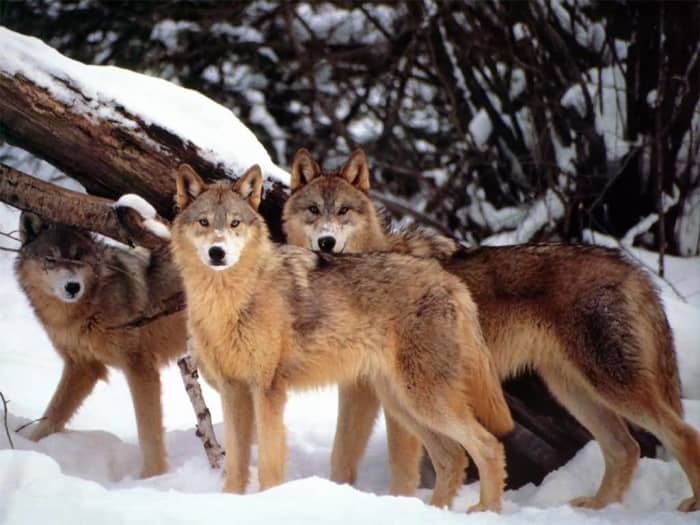

We just have modern, genetic data to show what this animal actually is.”īecause eastern coyotes and coy-wolves are the same, Toronto is teeming with wolf-like hybrids. It’s still the animal that has always been here. “Calling them coy-wolves … does not make them more dangerous. Way believes using the term coy-wolf not only recognizes the lineage of the canids, but could lend more protections to the animals, which carry the DNA of threatened eastern wolves, in the north-eastern United States, where they are actively hunted with no limits. “In one word, coy-wolf accurately describes the animal.” “How are we calling this animal a coyote? It’s not a coyote. And that’s just not accurate.”īut biologists say the term coy-wolf, while it doesn’t accurately describe a new animal in the city, nonetheless captures the tangled history of Toronto’s coyote population that has, until recently, been poorly understood. “And so when they’re saying ‘coy-wolf’, they’re conjuring the idea of a mega-killer on our streets. And they often think of wolves as aggressive hunters that are bigger and stronger,” said Sara Bowman, an environmental educator in Toronto. “People often think that coyotes are cunning and mischievous.

“If the public saw all the photos of eastern coyotes that have been cataloged over the years, they’d likely pick out a number of them as being wolves.”Įcologists suspect confusion over appearance has led to media reports on the encroachment of a new species into city parks. “Some definitely look more wolf-like than others,” she said. Part of the problem stems from the wide range of appearances in the eastern coyote – the species found throughout Toronto and its forests for nearly a century. “He’s actually a fairly well-known elder in the city.” Rustad’s video, says Sampson, is “most definitely” a coyote. “But the reality is, they’re just seeing eastern coyotes.” Or it was behaving a certain way, so it must have been a coy-wolf,” said Lesley Sampson, executive director of Coyote Watch Canada. “We get reports all the time of people saying they saw a coyote, but it was so big it must have been a coy-wolf.

In recent years, the idea of the coy-wolf has emerged to describe coyotes that seemed particularly large or threatening. Coyotes are the quiet neighbour, slipping through the urban forest like ghosts as they scavenge through garbage, hunt small rodents or feast on birdseed.Ĭoyote encounters across Toronto are common and have increased dramatically throughout the pandemic, as more residents venture into the ribbons of woodlands that thread the city. One of those coywolves I’ve been hearing about? /GQwg1RwuyX- Harley Rustad March 31, 2022Įxperts insist that no such creature exists, likening eyewitness accounts to sightings of werewolves and chupacabra, but recent genetic evidence shows wolf-like animals are in Toronto – and have been living in plain sight alongside human residents for decades.įor the most part, humans coexist peacefully in the city with coyotes, the largest predator in North America to establish a thriving population in the valleys between skyscrapers.


 0 kommentar(er)
0 kommentar(er)
